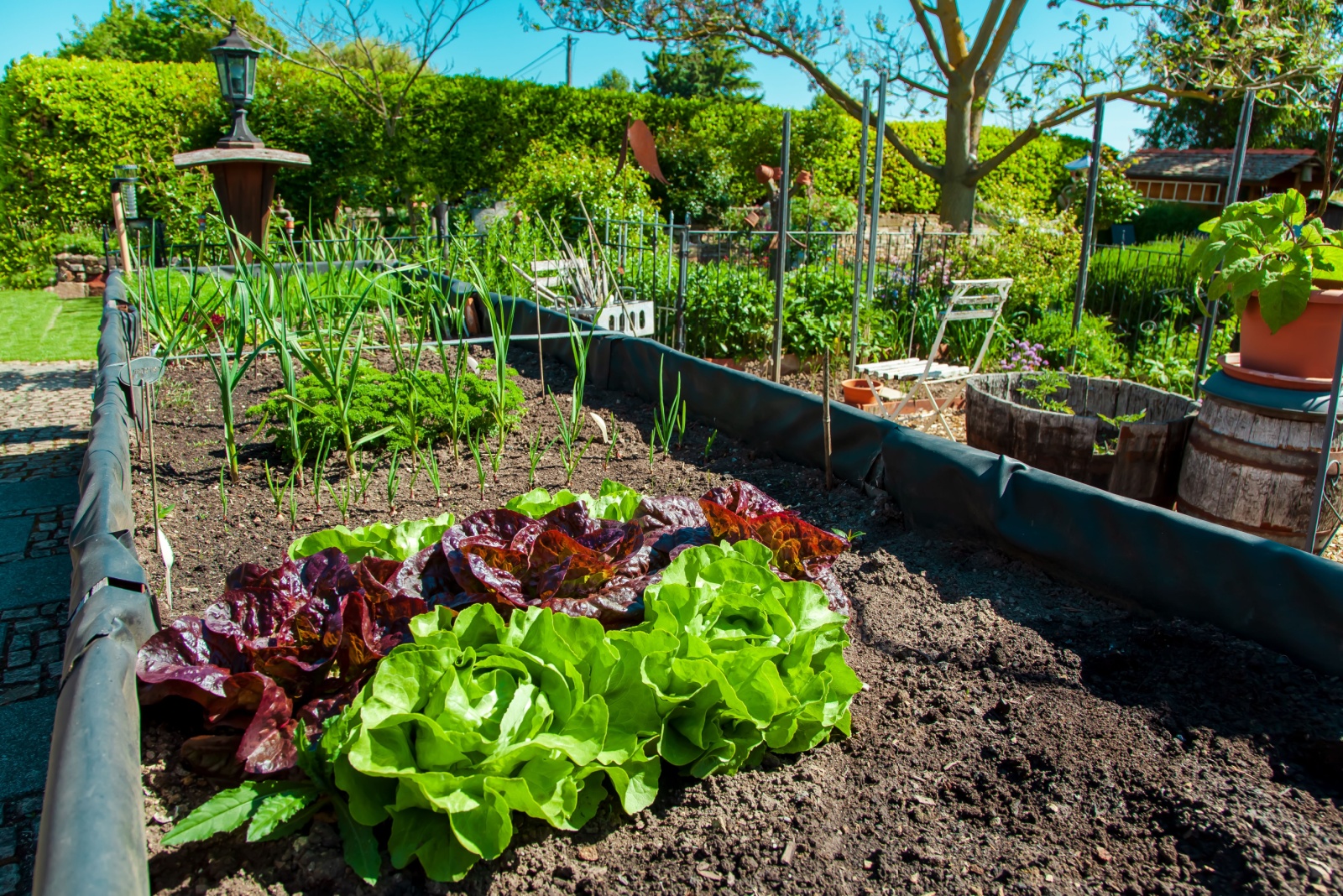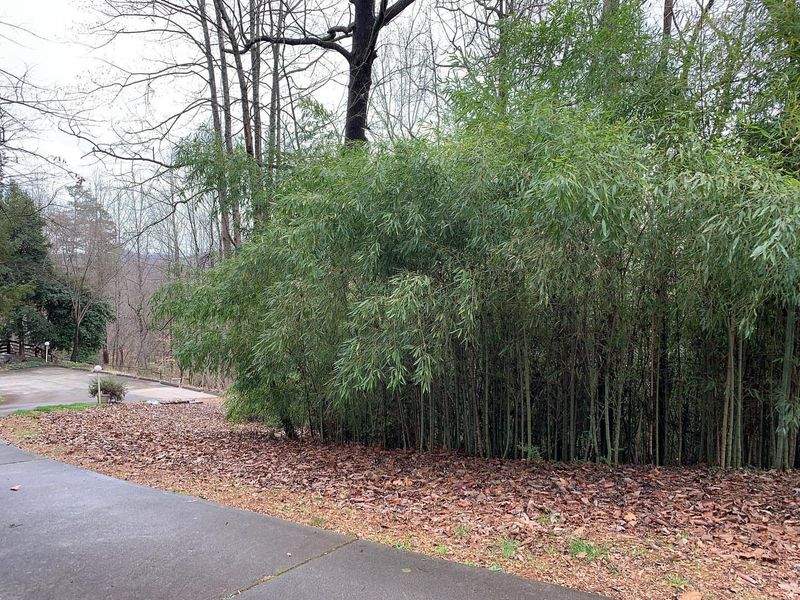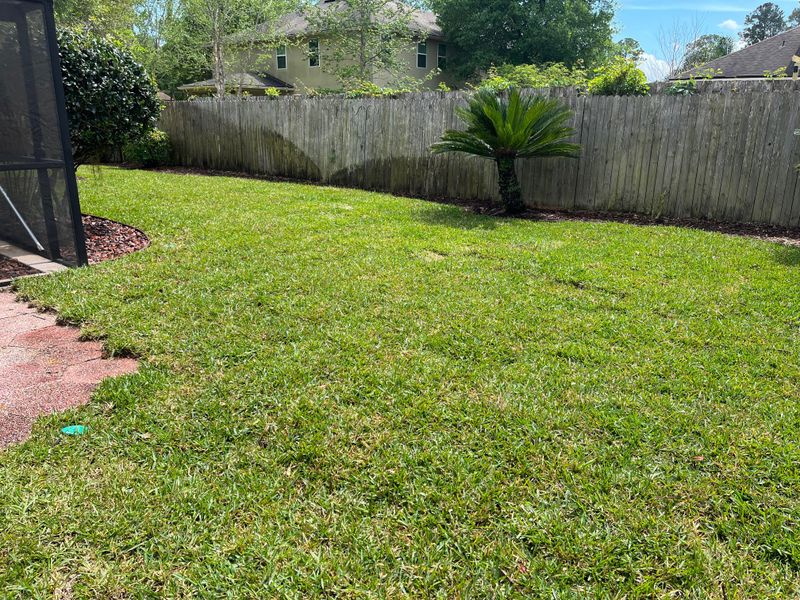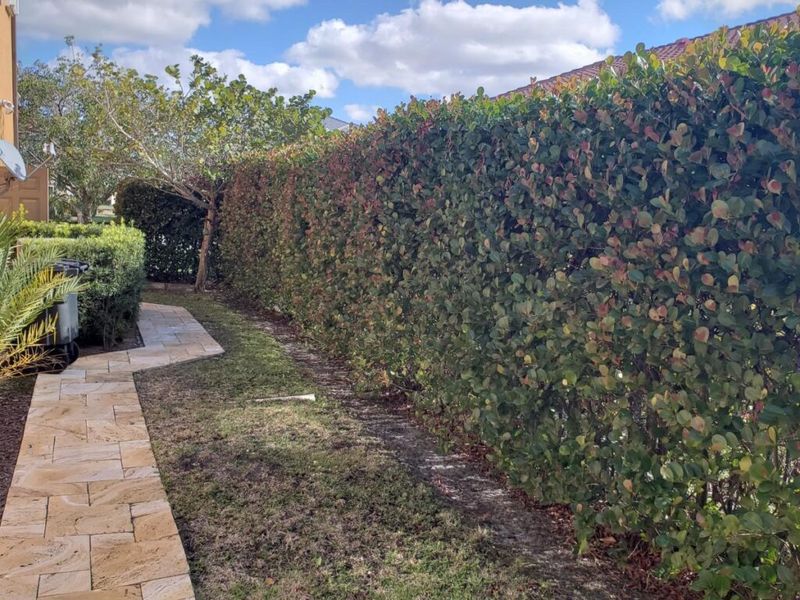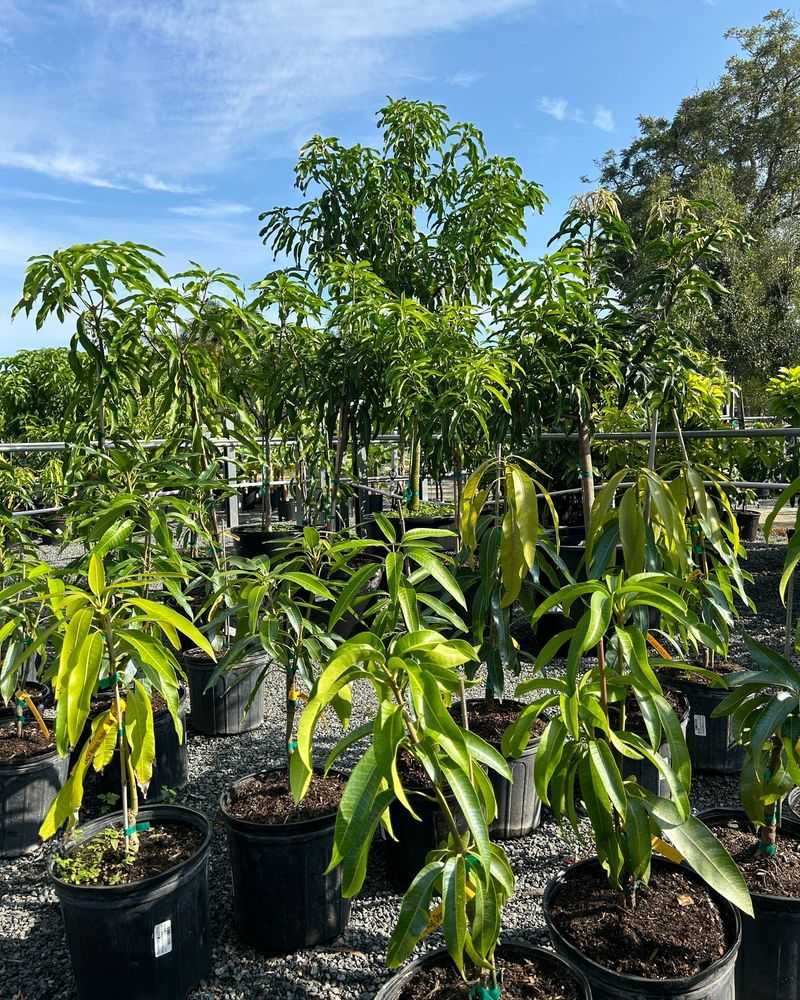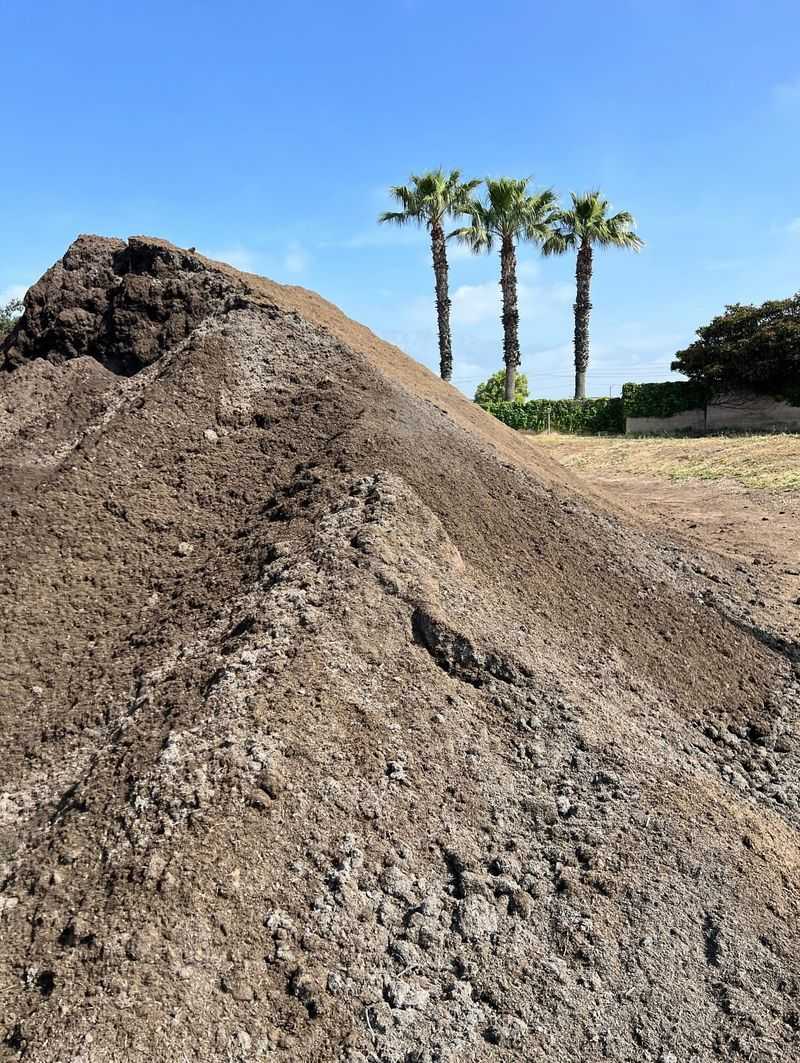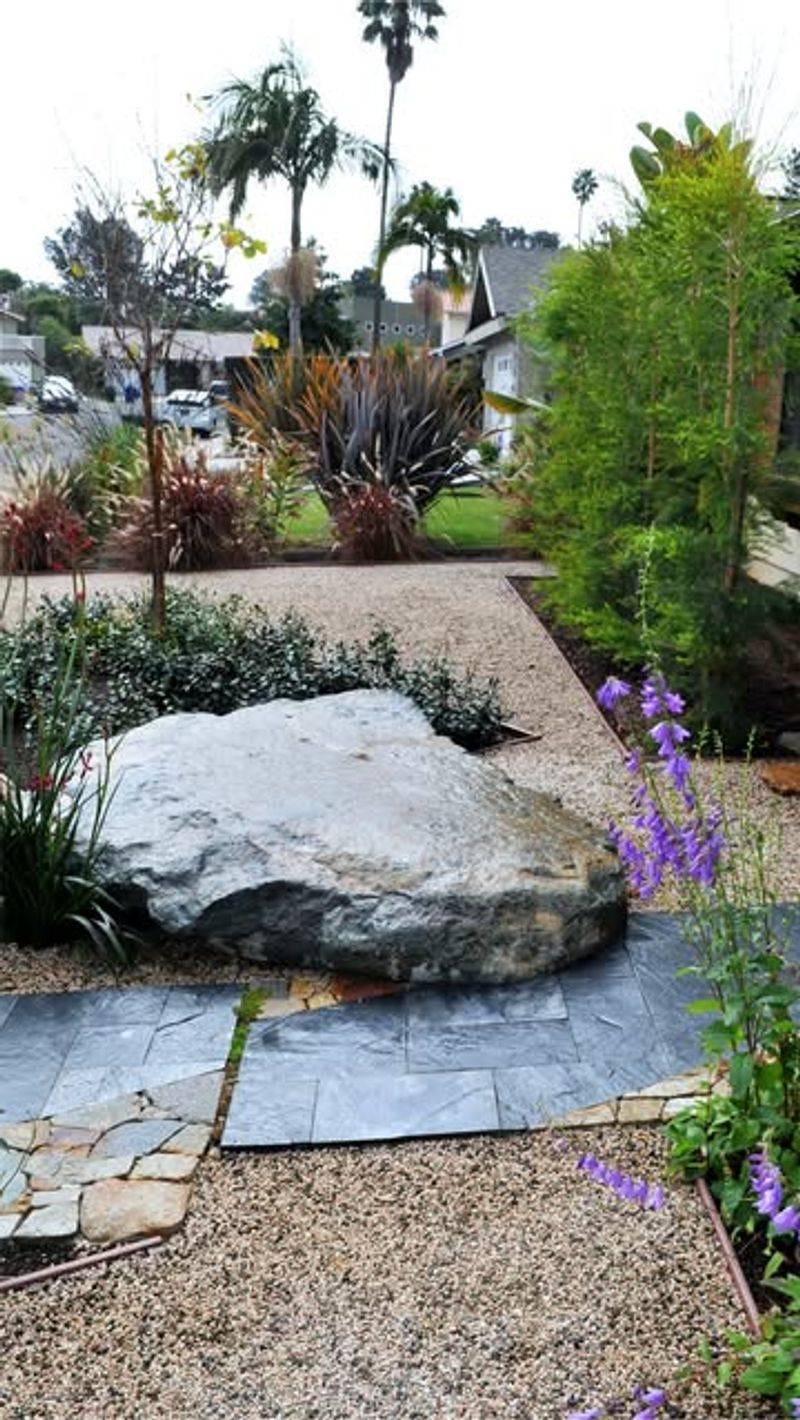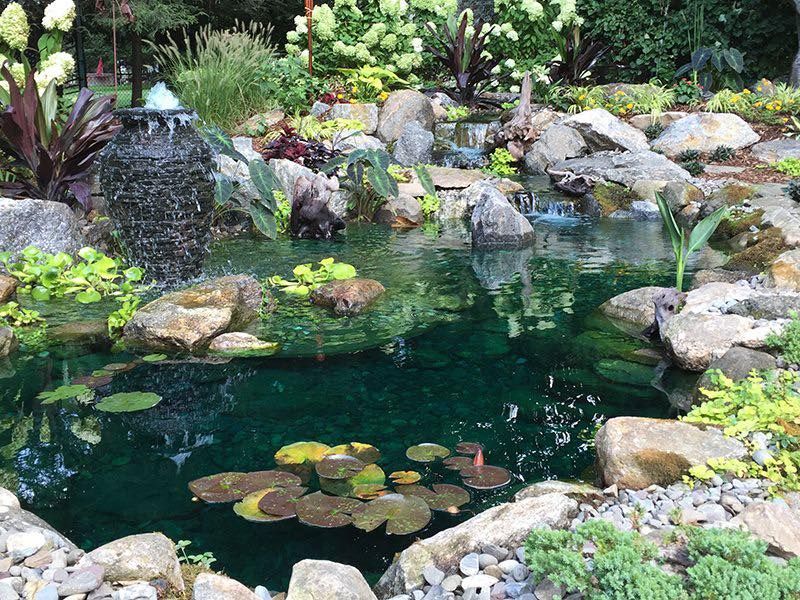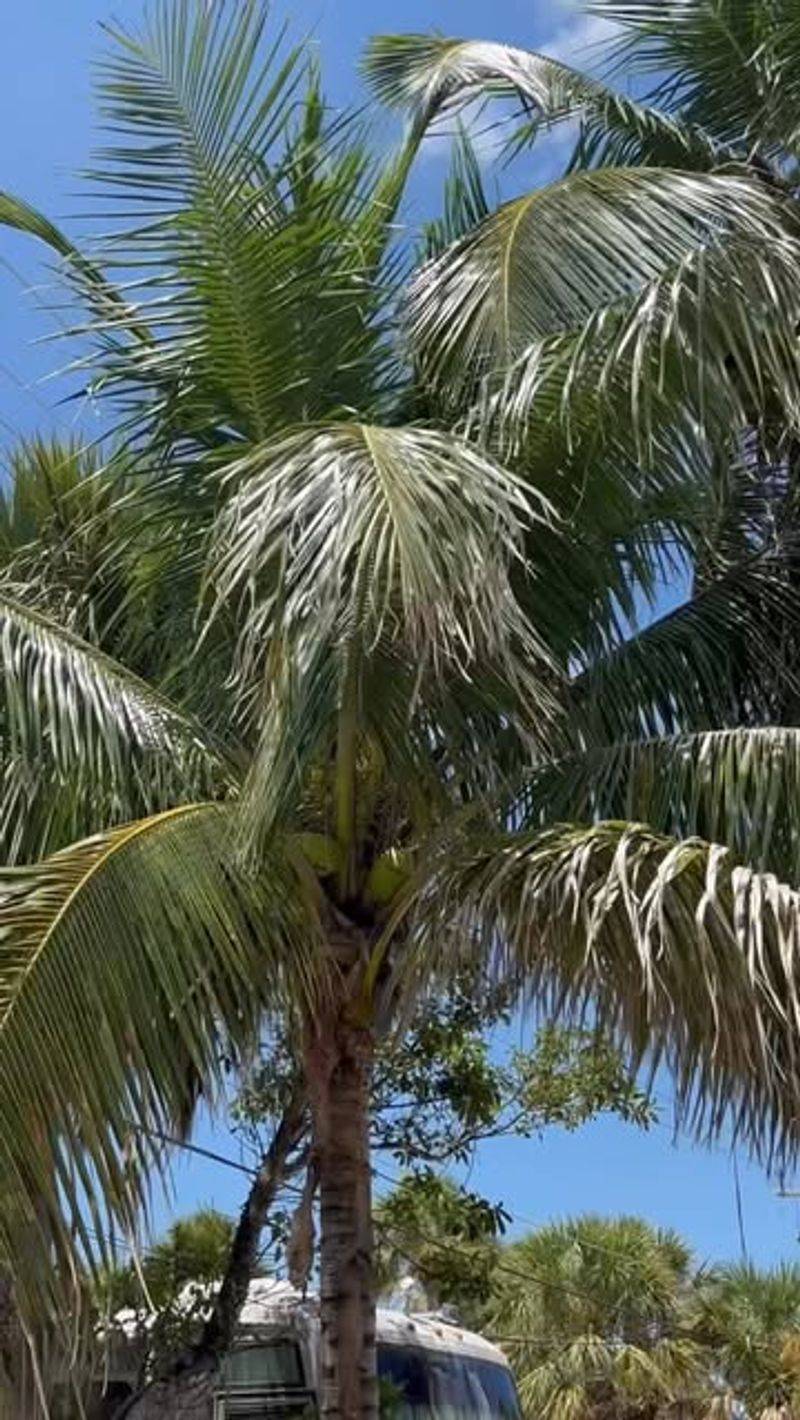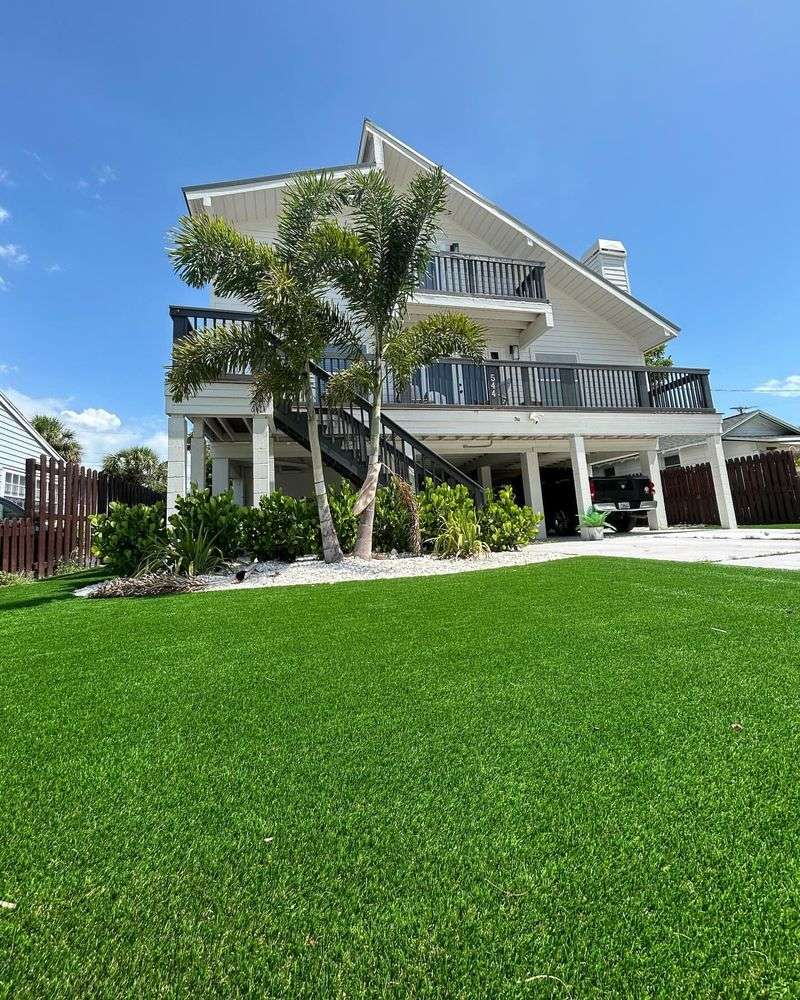Florida homeowners love their outdoor spaces, but new regulations are starting to reshape what’s allowed in the yard. With growing concerns around water use, invasive plants, and HOA guidelines, familiar landscaping choices may soon be off-limits.
Staying informed now can save you trouble later. From thirsty turf grasses to non-native ornamentals, some popular features are under scrutiny. These changes aim to protect local ecosystems and reduce strain on resources. But they also mean homeowners might need to rethink their garden plans.
Knowing what’s coming helps you avoid expensive re-dos and keep peace with your neighbors. Whether you’re planting, pruning, or planning a full redesign, understanding the rules ensures your yard stays both beautiful and compliant.
1. Invasive Bamboo Gardens
Running bamboo varieties are creating nightmares for Florida neighborhoods. These aggressive plants send underground runners that cross property lines, damaging foundations and creating neighbor conflicts.
My cousin in Tampa had to pay thousands after his bamboo invaded three neighboring yards. Several counties are now drafting ordinances that would prohibit planting new bamboo and require containment systems for existing plants.
The Florida Exotic Pest Plant Council already lists certain bamboo species as invasive, making countywide bans the logical next step for community protection.
2. Are Your Front-Yard Vegetable Gardens At Risk?
Growing food in your front yard might seem harmless, but many Florida HOAs and municipalities are pushing to restrict this practice. The aesthetic concerns and fears about property values drive these potential regulations.
While the Florida Legislature passed a law in 2019 protecting homeowners’ rights to grow vegetables, individual HOAs are finding creative ways to restrict these gardens through height limitations and setback requirements.
I’ve watched my neighborhood in Orlando slowly implement rules limiting what can be grown within view of the street.
3. Thirsty St. Augustine Grass Lawns
The iconic emerald carpet of St. Augustine grass may soon face severe restrictions across Florida communities. Water conservation efforts are targeting this popular but thirsty turf grass that demands frequent irrigation.
Several water management districts have already implemented watering restrictions, but complete bans on new St. Augustine installations are being considered in drought-prone regions.
For me, switching to native ground covers saved nearly 30% on my water bill after moving to Florida last year.
4. Towering Privacy Hedges
Those tall green walls of ficus and podocarpus providing backyard privacy face new height restrictions. Many Florida municipalities are revising ordinances to limit hedge heights to 6-8 feet, citing visibility concerns and invasive potential.
After Hurricane Irma, fallen hedge debris became a major cleanup issue in my Naples neighborhood. Officials noted how these dense plantings became projectiles during storms.
Community safety boards are now drafting regulations that would require homeowners to maintain existing hedges below certain heights or face fines.
5. Fruit Trees That Attract Wildlife
Mango, avocado, and citrus trees are Florida staples, but they’re increasingly scrutinized in residential areas. These trees attract wildlife ranging from rats to raccoons, creating nuisance concerns for neighborhoods.
A community near me in Sarasota recently banned new fruit tree plantings after repeated complaints about fallen fruit attracting rodents and wild boars from nearby conservation areas.
The fruit drop also creates sidewalk hazards and maintenance issues that HOAs are eager to eliminate through new planting restrictions.
6. Open Compost Piles Under Scrutiny
Backyard composting might seem eco-friendly, but open piles are facing opposition in Florida communities. Concerns about odors, pests, and Florida’s unique climate making decomposition unpredictable have led to restrictions.
I’ve noticed several neighbors in my Jacksonville community receiving violation notices for their compost areas. New regulations would require sealed composting systems rather than open piles.
The hot, humid Florida environment accelerates decomposition but also amplifies odor issues, making this sustainable practice increasingly problematic in close-quarter neighborhoods.
7. Decorative Gravel Landscapes
Rock and gravel landscaping is gaining popularity as a low-maintenance alternative to grass, but it’s meeting resistance in Florida communities. These materials retain heat, creating urban heat islands that increase neighborhood temperatures.
During heavy Florida downpours, gravel often washes into storm drains, causing infrastructure problems. My neighborhood in Fort Lauderdale experienced significant drainage issues after several homes installed extensive gravel yards.
New ordinances may soon limit the percentage of yard area that can be covered with non-permeable materials like decorative stone.
8. Water Features: Ornamental Ponds And Fountains
Decorative water features have long enhanced Florida landscapes, but they’re increasingly targeted by conservation regulations. Standing water concerns related to mosquito breeding have health officials pushing for restrictions.
Additionally, the water consumption of constantly running fountains conflicts with conservation goals in drought-prone regions. I watched my community in Melbourne implement a complete ban on new water features last summer during water restrictions.
Homeowners with existing fountains and ponds may soon face requirements for mosquito control systems and recirculating pumps.
9. Non-Native Palm Varieties
Certain palm species that have defined Florida’s landscape for decades face potential bans. Fast-growing varieties like queen palms and royal palms are increasingly viewed as problematic due to their hurricane vulnerability and maintenance requirements.
After witnessing fallen palms crush a neighbor’s garage during a storm, I understand the safety concerns. Counties are drafting lists of prohibited palm species that would prevent new plantings.
The focus is shifting toward native palmetto varieties that offer better wind resistance and require less maintenance in Florida’s challenging climate.
10. Artificial Turf Installations
Synthetic grass seemed like the perfect Florida lawn solution – no watering, mowing, or fertilizing. However, environmental concerns are prompting new restrictions on this alternative.
The heat retention of artificial turf can reach dangerous levels in Florida’s climate, sometimes exceeding 170°F on summer days. When my Pensacola neighbor installed it, I could feel the heat radiating from their yard while walking past.
Emerging regulations may soon require permeable backing, limit coverage area, or ban certain types of synthetic grass materials entirely in residential areas.

